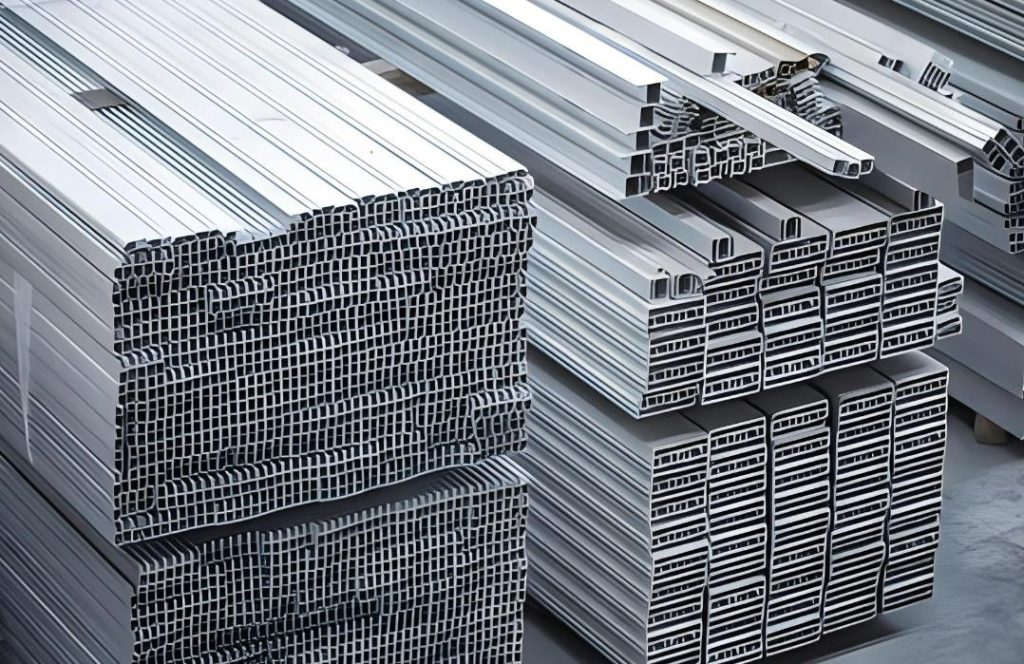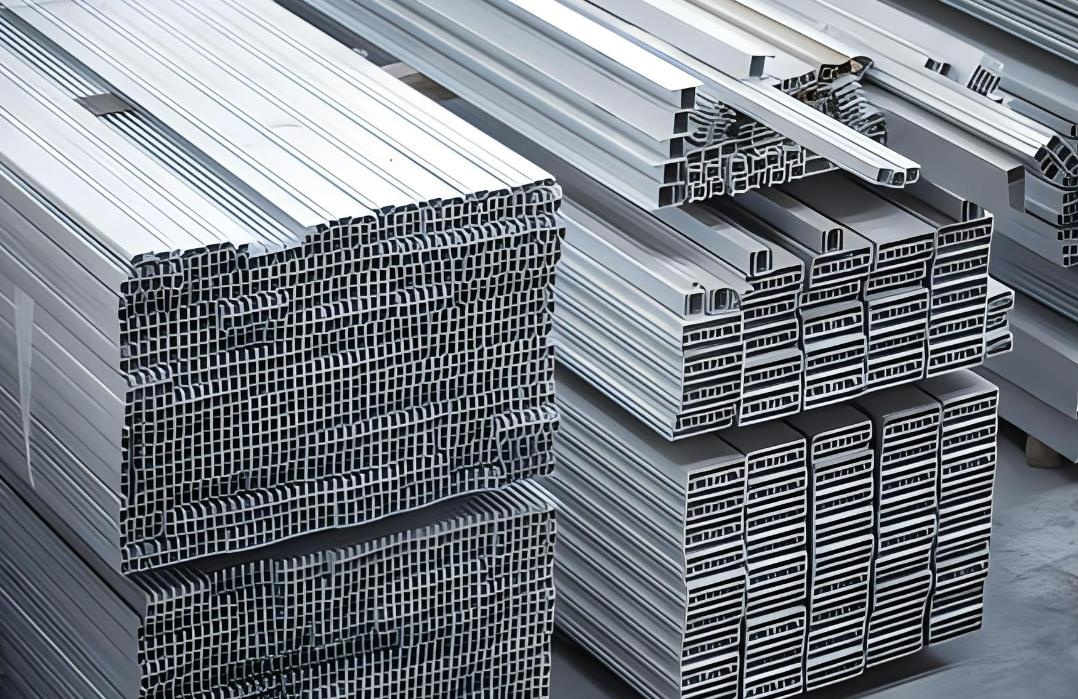Aluminum, the versatile metal that has long been an essential part of our lives, is now taking center stage in the realm of high-tech products. With its easy processing, excellent visual effects, and a plethora of surface treatment methods, aluminum has become the go-to material for manufacturers striving to create products that are not only functional but also aesthetically pleasing. In this article, we’ll delve into the various processing methods of aluminum and explore how they are transforming the landscape of modern design.
Sandblasting: Enhancing Durability and Aesthetics
Sandblasting, a process that utilizes compressed air to propel abrasive materials onto the surface of aluminum, is gaining popularity for its ability to improve product durability and aesthetics. By creating a matte pearly silver surface, sandblasting offers a uniform and efficient alternative to manual polishing, resulting in products that exude a low-key yet durable charm. From engineering applications to surface burr optimization, sandblasting is revolutionizing the way we perceive and utilize aluminum in various industries.
Polishing: Achieving Mirror-Like Elegance
When it comes to achieving a mirror-like finish on aluminum parts, polishing techniques reign supreme. Whether it’s mechanical, chemical, or electrolytic polishing, each method brings us closer to the coveted high-end, simple, and fashionable appearance. With the demand for sleek and futuristic designs in consumer electronics, polishing has become an indispensable step in the manufacturing process, elevating the aesthetics of products to new heights.
Brushed Aluminum: The Intersection of Fashion and Technology
Metal drawing, commonly known as brushed aluminum, offers a unique manufacturing process that results in a satin-like finish with fine hair luster. Through techniques such as straight wire drawing and spiral wire drawing, brushed aluminum products strike the perfect balance between fashion and technology, making them a favorite choice for designers seeking to make a statement with their creations.
Highlight Cutting: Precision and Sophistication
Highlight cutting, facilitated by precision engraving technology, adds a touch of sophistication to aluminum products with its ability to create local highlight areas on the surface. From mobile phones to high-end TVs, this technique, combined with anodizing and brushing processes, enhances the overall aesthetic appeal, making products stand out in a crowded marketplace.
Anodizing: A Gateway to Enhanced Aesthetics
Anodizing, the electrochemical oxidation of metals or alloys, has become synonymous with enhanced surface hardness, wear resistance, and aesthetics in aluminum products. By forming an oxide film under specific process conditions, anodizing not only improves the durability of aluminum but also elevates its visual appeal, making it a must-have in the arsenal of aluminum surface treatment techniques.
Double-Color Anodizing: Elevating Aesthetics to New Heights
For those seeking to make a bold statement with their aluminum products, double-color anodizing offers an unparalleled level of customization. While the process may be complex and costly, the result—a contrast between two colors—creates a high-end and unique appearance that sets products apart from the competition.
Conclusion: Shaping the Future of Aluminum Processing
In conclusion, the various processing methods of aluminum are not just techniques; they are catalysts for innovation and creativity in design. From sandblasting to double-color anodizing, each method plays a crucial role in shaping the aesthetics and functionality of modern products. As technology continues to evolve, we can only imagine the limitless possibilities that await us in the world of aluminum processing.

